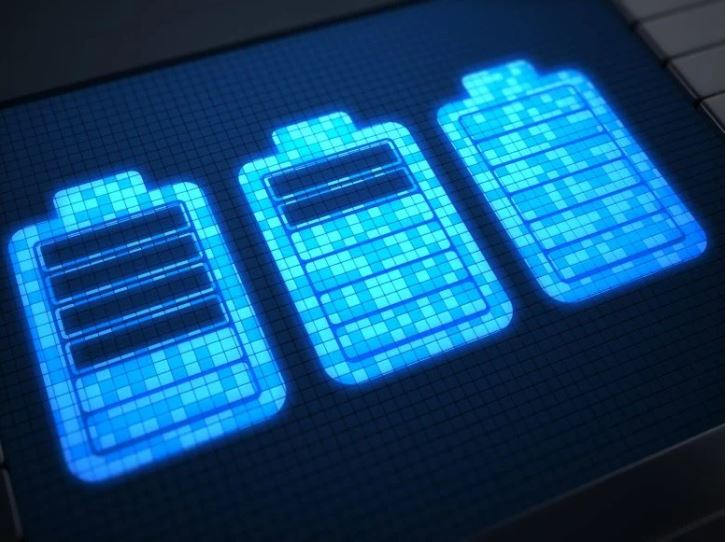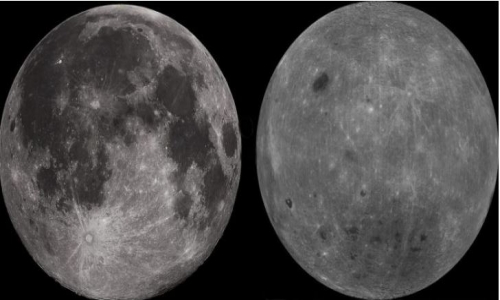


 2:7:13
2:7:13  2025-04-01
2025-04-01  677
677

LLZO-based solid-state batteries show limited energy density gains and face production challenges; hybrid electrolytes may be more viable
A recent study examining garnet-type solid electrolytes for lithium metal batteries suggests that their energy density benefits may have been overestimated. The analysis shows that an all-solid-state lithium metal battery (ASSLMB) using lithium lanthanum zirconium oxide (LLZO) would reach a gravimetric energy density of just 272 Wh/kg—a slight improvement over the 250 to 270 Wh/kg offered by current lithium-ion batteries.
Due to the high production costs and technical difficulties involved in manufacturing LLZO, the study points to composite or quasi-solid-state electrolytes as more practical alternatives.
“All-solid-state lithium metal batteries have long been considered the future of energy storage, but our findings indicate that LLZO-based designs may not deliver the expected jump in energy density,” said Eric Jianfeng Cheng, lead author of the study and researcher at WPI-AIMR, Tohoku University. “Even in ideal scenarios, the improvements are modest, and the challenges in production and cost remain substantial.”
LLZO’s Impact on Battery Performance
Solid-state lithium metal batteries are seen as a promising next-generation technology because of their potential to offer better safety and energy performance. LLZO is one of the most studied solid electrolytes, known for its stability and ability to conduct lithium ions effectively.
However, detailed modeling of a practical LLZO-based pouch cell challenges the belief that this material significantly increases energy density. Even when using an ultrathin 25-micrometer LLZO ceramic separator and a high-capacity cathode, the study shows that the battery’s performance is only slightly better than that of top-performing conventional lithium-ion batteries.
One key issue highlighted in the study is LLZO’s density, which increases the overall cell mass and reduces expected energy benefits. Although the volumetric energy density reaches approximately 823 Wh/L, the added weight and cost of LLZO hinder its practicality.
Additionally, the material’s brittleness, difficulty in fabricating defect-free thin sheets, and issues with lithium dendrites and voids at the interface further complicate large-scale implementation. “LLZO is an excellent material from a stability standpoint, but its mechanical limitations and weight penalty create serious barriers to commercialization,” Cheng explained.
Exploring Hybrid Electrolyte Solutions
As an alternative, researchers are exploring hybrid approaches that integrate LLZO with other materials. One promising strategy involves LLZO-in-polymer composite electrolytes, which retain high ionic conductivity while improving flexibility and manufacturability. Another approach is quasi-solid-state LLZO electrolytes, which incorporate a small amount of liquid electrolyte to enhance ionic transport and structural integrity. These hybrid designs have demonstrated improved long-term stability.
“Instead of focusing on a fully ceramic solid-state battery, we need to rethink our approach,” said Cheng. “By combining LLZO with polymer or gel-based electrolytes, we can improve manufacturability, reduce weight, and still maintain high performance.”
Reality Of Islam |
|

Astronomers

Cosmologist

Scientists
 9:3:43
9:3:43
 2018-11-05
2018-11-05
10 benefits of Marriage in Islam
 7:5:22
7:5:22
 2019-04-08
2019-04-08
benefits of reciting surat yunus, hud &
 9:45:7
9:45:7
 2018-12-24
2018-12-24
advantages & disadvantages of divorce
 11:35:12
11:35:12
 2018-06-10
2018-06-10
 6:0:51
6:0:51
 2018-10-16
2018-10-16
 1:34:8
1:34:8
 2022-02-01
2022-02-01
 4:2:19
4:2:19
 2022-10-10
2022-10-10
 7:0:55
7:0:55
 2022-05-17
2022-05-17
 8:21:9
8:21:9
 2018-06-21
2018-06-21
 6:0:8
6:0:8
 2023-03-19
2023-03-19
 8:4:21
8:4:21
 2022-01-08
2022-01-08
 9:50:37
9:50:37
 2023-02-28
2023-02-28
 5:41:46
5:41:46
 2023-03-18
2023-03-18
| LATEST |